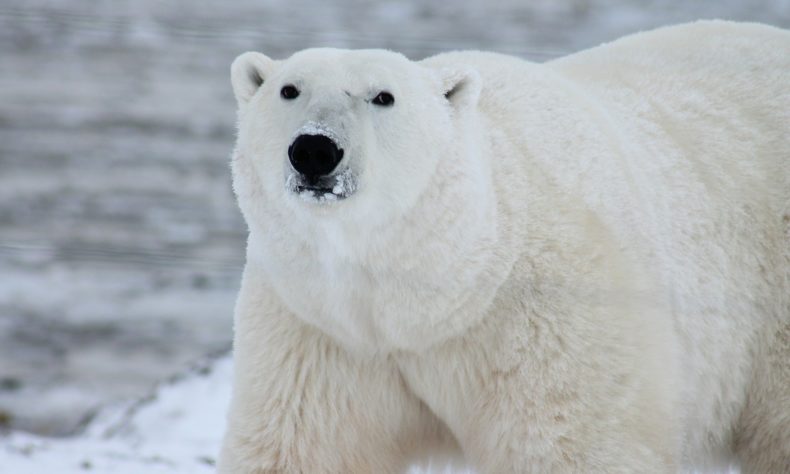
In 50 years, the Arctic Ocean may not be covered with ice if nothing is done to reduce greenhouse gas emissions, according to a study by researchers at the Center for Climate Science at the University of California.
In the scientific journal Nature Climate Change, researchers say that the Arctic Ocean could be functionally cleared of ice by September 2044, and no later than 2067.
Other scientists have estimated in the past that ice could melt from 2026 until 2132.
It is in September that the Arctic sea ice is the finest and the effects of the summer heat are felt the most.
1 million square kilometers
The absence of functional ice means that this broken ice would cover less than 1 million square kilometers while this ice currently occupies 6 million square kilometers of the Arctic Ocean, even just after the heat of summer.
The decline of the pack ice is affecting the ability of the Arctic to perform its albedo function.
The effect of albedo is the ability of ice on the water to reflect the sun’s rays. When there is no ice on the ocean, darker water absorbs about 90% of the solar energy. Ice absorbs barely 20% of this energy, the rest is reflected, according to the University of California study.
“Basically, when we lose that ice, the ocean absorbs much more heat than if we had an ice-covered Arctic,” says Chad Thackeray, lead author of the research. This change would have a significant impact for the rest of the world, not just the Arctic.
New method
Chad Thackeray and his coauthor Alex Hall used a new method to build their model. They relied on 30 years of satellite data on seasonal ice melt as a reference.
Next, they compared 23 existing models to the data, rejecting those that did not fit the reference. The idea is that if a model can not predict exactly what happened, it should not be used to predict what will happen.
Once the weaker models were rejected, the researchers kept six models that, together, gave them a better idea of when the Arctic Ocean would be functionally ice-free.
However, the research data was limited to sea ice between 70 and 90 degrees of latitude. This study does not take into account much of Canada’s North.
Ice in this area is influenced by nearby landmasses.
“There are areas just north of the Canadian archipelago and northwestern Greenland where the ice is very thick and does not really melt every summer,” says Thackeray.
This ice will stay longer and it will be quite dense even later in this century.
The trend is still toward the melting of ice, recalls the researcher.
Kathy Ottowell is a seasoned journalist with nearly 15 years experience. While studying business at London Business School, Kathy conducted numerous research studies how social media advertising has changed the landscape of traditional PR. As a contributor to Tech Driod, Kathy covers health and science stories.





